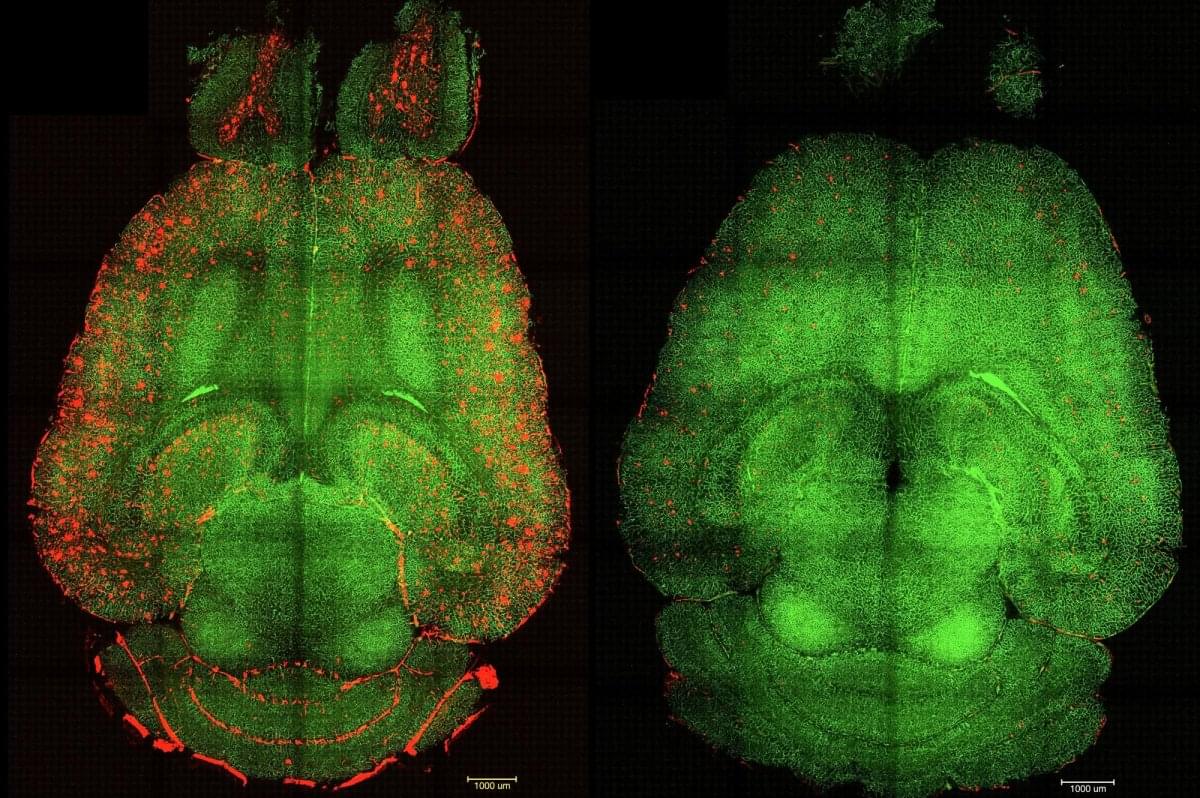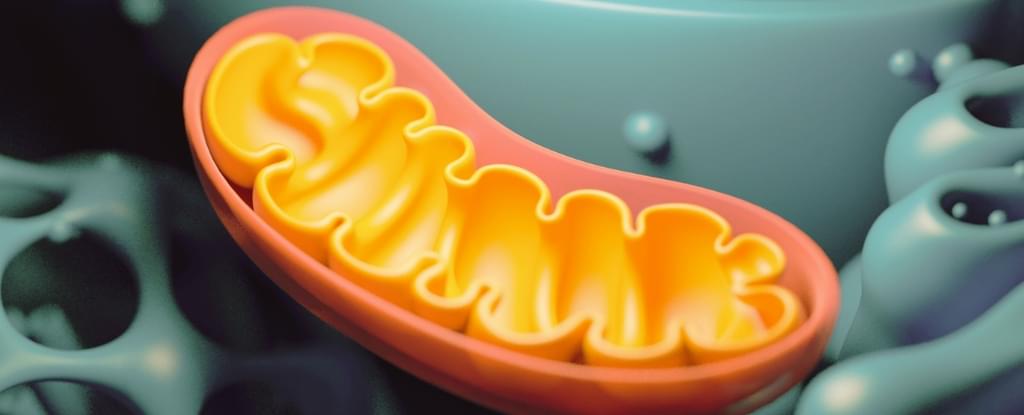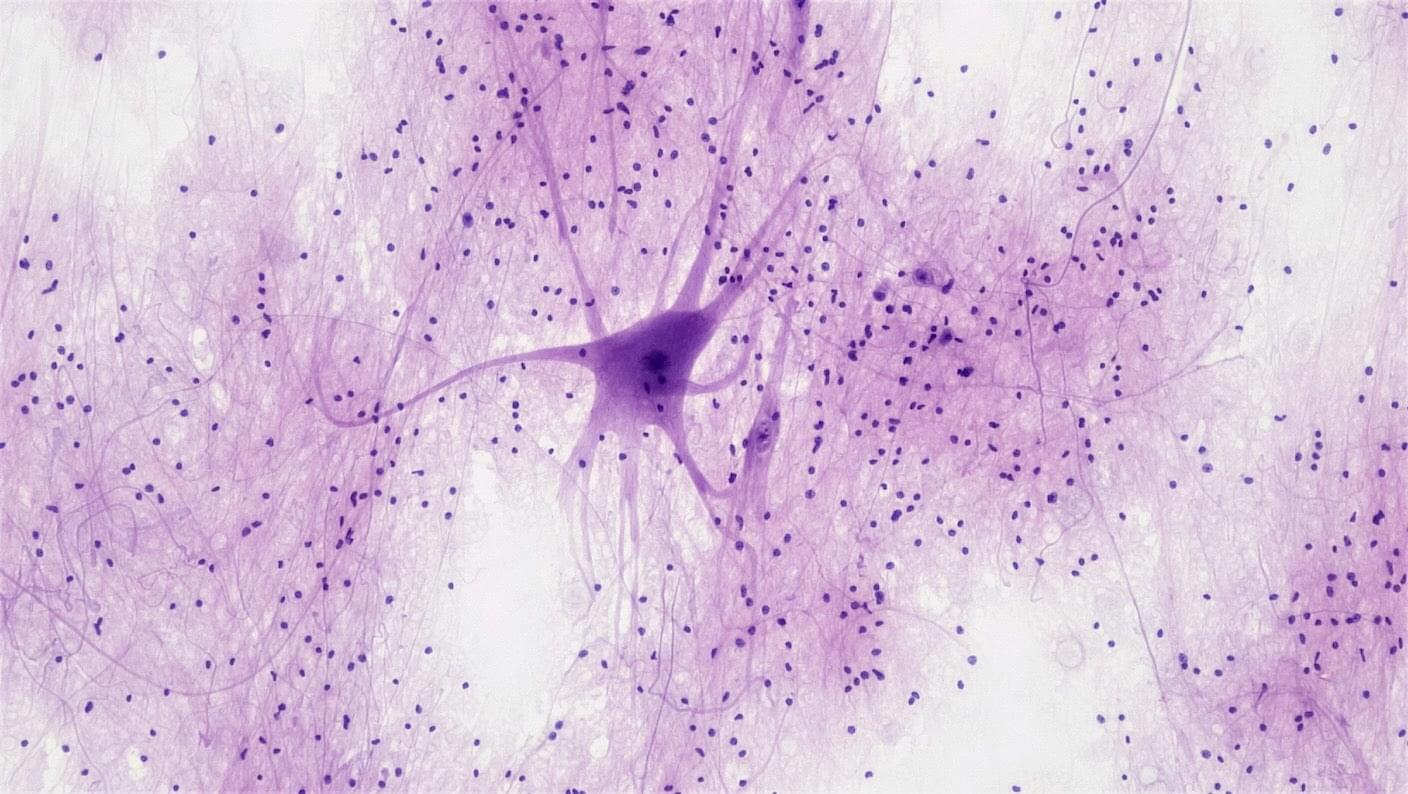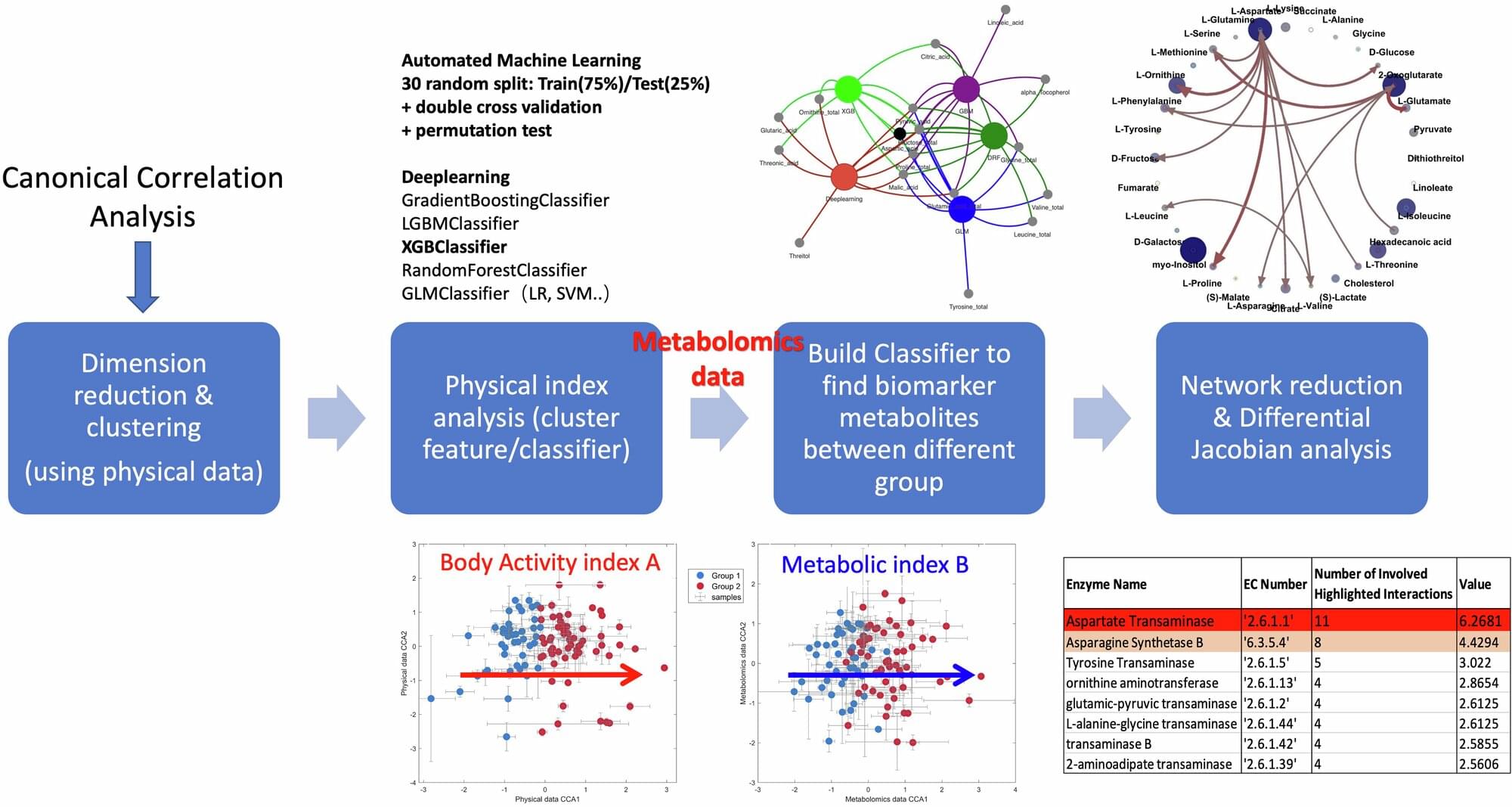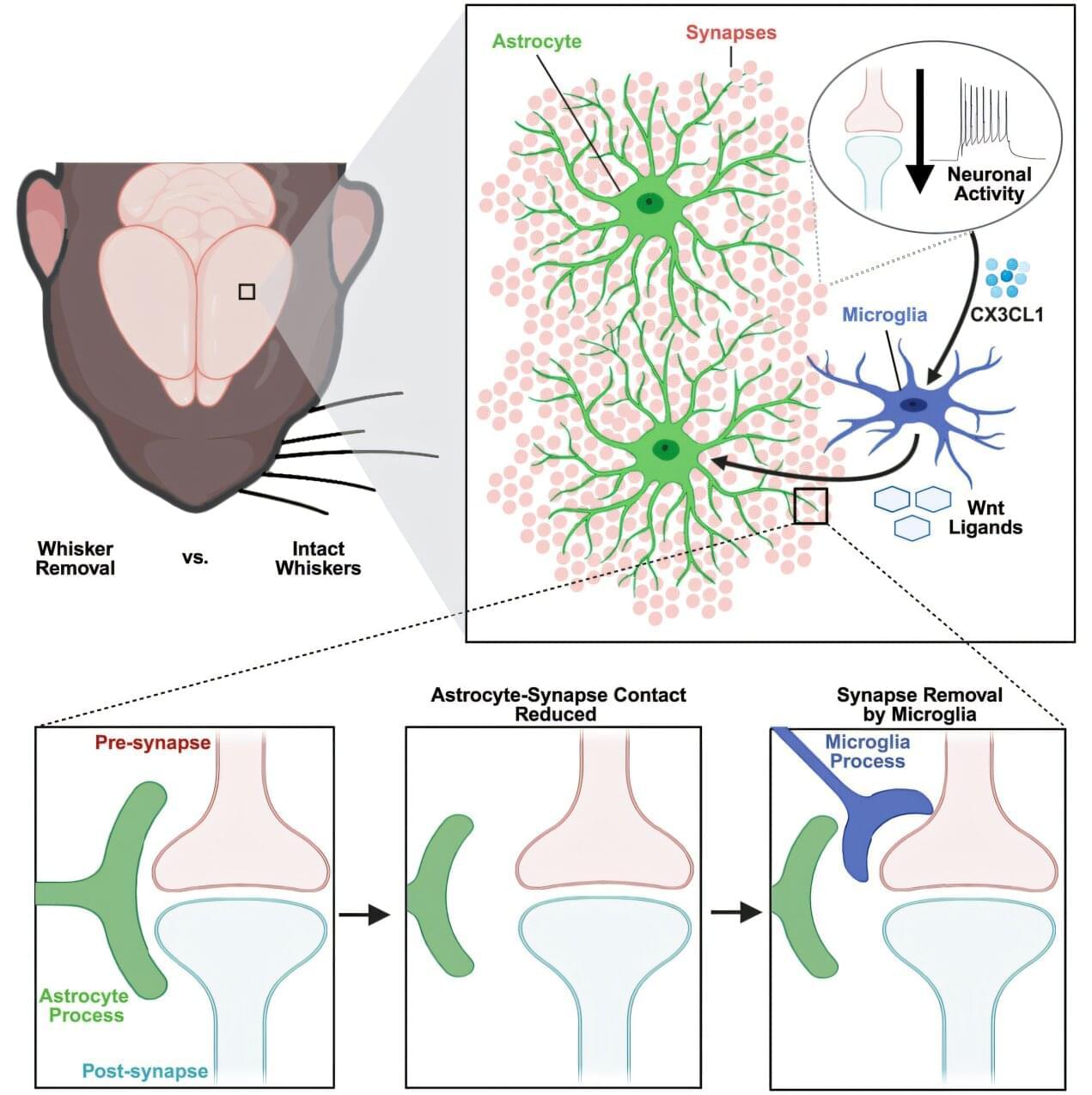Important genetic differences in how females and males experience depression have been revealed for the first time in findings that could pave the way for more targeted intervention and treatments.
In the study, published in Nature Communications, scientists found that genetic factors contribute more to depression risk in females than in males. The team discovered about twice as many genetic “flags” for depression in the DNA of females as they did in that of males.
“We already know that females are twice as likely to suffer from depression in their lifetime than males,” said Dr. Brittany Mitchell, Senior Researcher at QIMR Berghofer’s Genetic Epidemiology Lab. “And we also know that depression looks very different from one person to another. Until now, there hasn’t been much consistent research to explain why depression affects females and males differently, including the possible role of genetics.”
